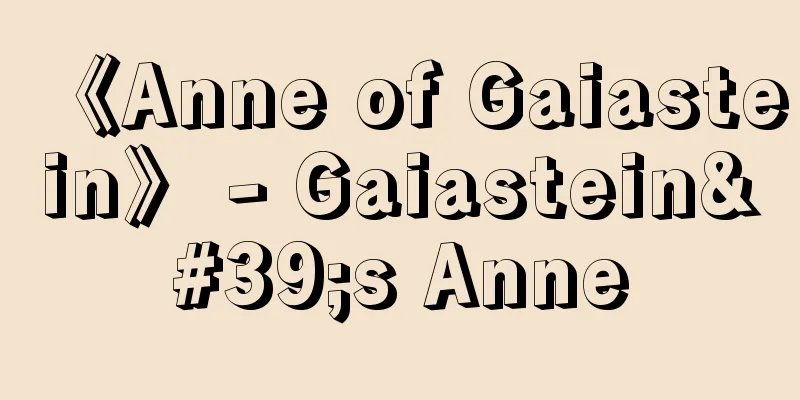Lālā Lājpat Rāi (English spelling)

|
1865‐1928 Indian politician. Born in Punjab. Worked as a teacher and lawyer, and was also involved in the Arya Samaj religious and social movement. Joined the Indian National Congress in 1888, and became a leading nationalist leader along with Tilak and Pearl in the struggle against the Partition of Bengal from 1905 to 1908. He lived abroad from 1913 to 1920. He joined Gandhi's nonviolent resistance, and was a leading figure in the Simon Commission boycott in 1928, but was attacked by a police baton and collapsed and died. Source: Heibonsha World Encyclopedia, 2nd Edition Information |
|
1865‐1928 インドの政治家。パンジャーブの出身。教師,弁護士として活動し,アーリヤ・サマージの宗教・社会運動にも携わる。1888年から国民会議派に参加,1905‐08年のベンガル分割Partition of Bengal反対闘争ではティラク,パールらと共に民族派の主要な指導者となる。13‐20年は海外に滞在。ガンディーの非暴力抵抗闘争に加わり,特に28年のサイモン委員会ボイコット運動で先頭に立つが,警官の警棒攻撃にあい,倒れて死亡する。 出典 株式会社平凡社世界大百科事典 第2版について 情報 |
Recommend
IWW - International World War II
Industrial Workers of the World. The first industr...
Furen [town] - Furen
A former town in Kamikawa-gun, Hokkaido. Located b...
The Tragicomedy of Callisto and Melibea
…It was also during this period that the uniquely...
Eschatology - eschatology
It is a concept, thought, or doctrine about the &...
Chari River (English spelling)
A river that flows through central Africa. It orig...
Gas diffusion method
A method for separating and concentrating isotope...
Iranian mythology - Iranian mythology
[origin] In ancient times, people who spoke langu...
Tetsuji Tazoe
A socialist of the Meiji period. Born on July 24,...
Larynx - larynx
The laryngeal cavity is an important organ that f...
Single blind test
...In other words, the efficacy and safety for th...
Utsunomiya fishing ceiling incident
This incident is said to have occurred in April 16...
Blow fly - Kurobae (English spelling)
A general term for insects in the Calliphoridae f...
aidōs (English spelling) aidos
…a concept that is the basis of ancient Greek eth...
Thread-changing economic situation
...Also, the rationing, price and facility contro...
Kopernik, M.
…Polish astronomer known for his heliocentric the...









